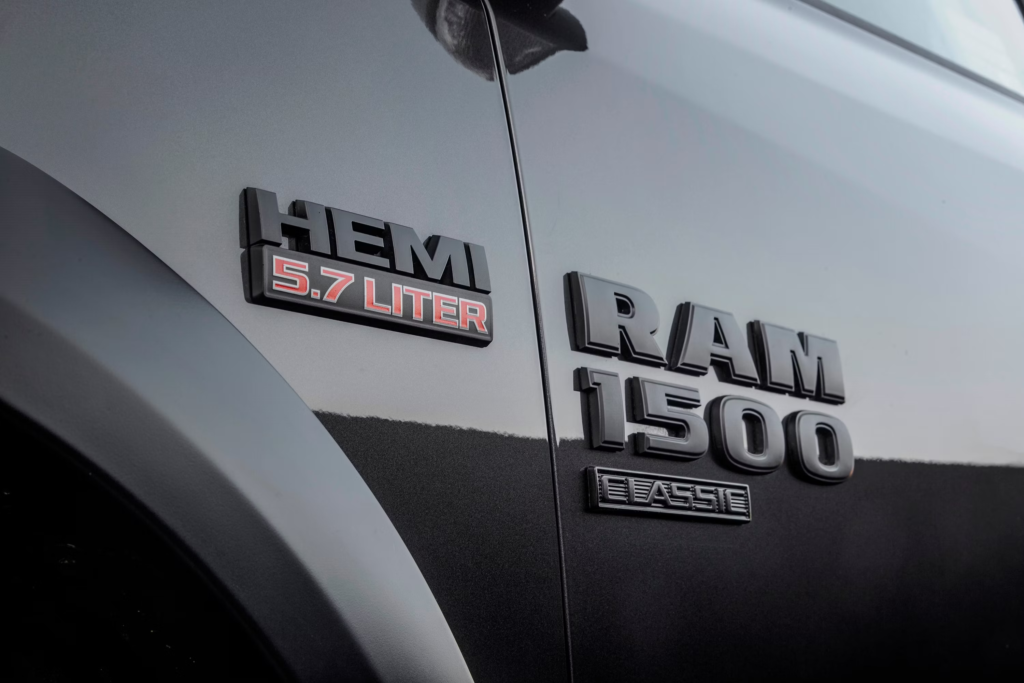
Engine displacement is a fundamental concept in automotive engineering that plays a significant role in determining a vehicle’s performance. Often measured in liters (L) or cubic centimeters (cc), engine displacement refers to the total volume of all the cylinders in an engine. Understanding engine displacement helps consumers and enthusiasts evaluate how it impacts a vehicle’s power, efficiency, and overall driving experience.

1. What is Engine Displacement?
Engine displacement represents the combined volume of all the cylinders within an internal combustion engine. It is calculated by multiplying the area of each cylinder (bore) by the height (stroke) and then summing these volumes for all cylinders. Displacement is typically expressed in liters or cubic centimeters and provides a rough estimate of an engine’s capacity to intake and expel air and fuel.
2. How Engine Displacement Affects Performance
Engine displacement influences various aspects of a vehicle’s performance:
- Power Output: Generally, a larger engine displacement allows for more air and fuel to be combusted, which can lead to higher power output. Engines with greater displacement can generate more horsepower and torque, translating to improved acceleration and overall performance. This is why sports and performance cars often feature larger engines.
- Torque: Torque is the rotational force produced by the engine and is crucial for acceleration and towing capabilities. Larger displacement engines typically produce more torque, enhancing low-end performance and making them better suited for tasks like towing or climbing steep inclines.
- Acceleration: Vehicles with larger engine displacements tend to have better acceleration due to their higher power and torque. This means they can reach higher speeds more quickly compared to vehicles with smaller engines. However, acceleration is also influenced by other factors such as vehicle weight, transmission, and drivetrain.
3. Engine Displacement and Fuel Efficiency
While larger engine displacements can offer increased power, they often come with a trade-off in fuel efficiency:
- Fuel Consumption: Larger engines generally consume more fuel because they burn more air and fuel mixture to produce power. This can lead to lower miles per gallon (MPG) and higher operating costs. Consequently, vehicles with larger displacements might be less fuel-efficient compared to those with smaller engines.
- Efficiency Improvements: Advances in automotive technology, such as turbocharging and direct fuel injection, have improved the efficiency of larger engines. Turbocharged engines, for example, can offer the power of a larger engine while maintaining better fuel efficiency by compressing more air into the cylinders.
4. Comparing Engine Displacement Across Different Types of Vehicles
Engine displacement varies widely depending on the type of vehicle:

- Compact Cars: These vehicles often feature smaller engines, ranging from 1.0 to 2.0 liters. Smaller engine displacements contribute to better fuel efficiency and lower emissions, making them ideal for city driving and daily commutes.
- SUVs and Trucks: Larger vehicles typically have bigger engines, ranging from 3.0 liters to over 6.0 liters. The increased displacement provides the power needed for towing and off-road capabilities, as well as enhanced performance on highways.
- Sports Cars: Performance-oriented vehicles often feature high-displacement engines, such as 4.0 liters or more. These engines are designed to deliver exceptional power and acceleration, catering to enthusiasts who prioritize speed and driving dynamics.
5. The Role of Engine Displacement in Modern Vehicles
With the advent of new technologies, engine displacement is just one factor among many that influence performance. Modern vehicles increasingly use turbocharging, hybrid systems, and advanced engine management to optimize power and efficiency. These technologies can sometimes offset the traditional advantages of larger engine displacements.
6. Conclusion
Engine displacement is a key metric that affects a vehicle’s power output, torque, and overall performance. While larger displacements generally offer more power and better acceleration, they often come with increased fuel consumption. Understanding how engine displacement impacts performance helps drivers make informed decisions based on their needs, whether for everyday driving, towing, or high-performance applications. As automotive technology continues to evolve, the balance between engine size, efficiency, and performance remains a crucial consideration for both manufacturers and consumers.







